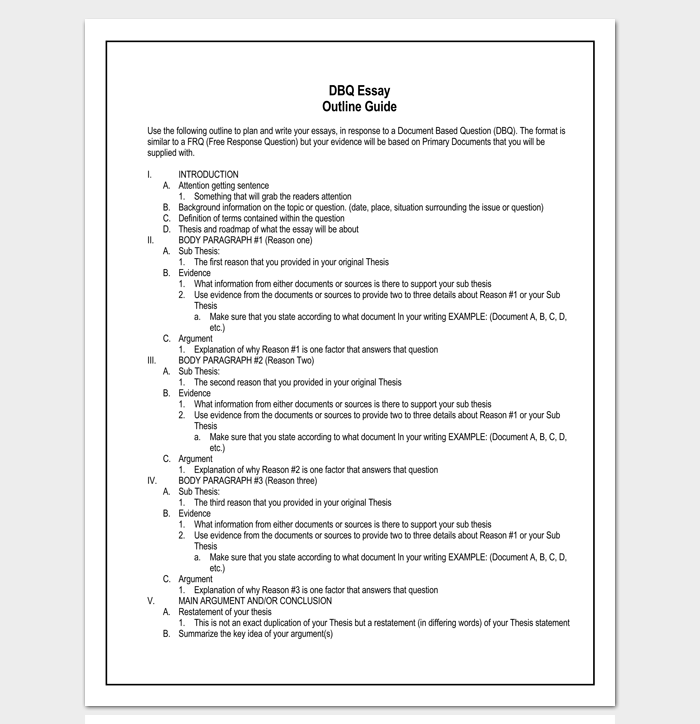There are many reasons why you should learn how to write an essay outline, no matter the subject. Outlines can be simple or detailed, but they always work to help you organize your thoughts and improve your performance. The following are a few of them:
Outlines are simple or detailed
Whether you outline a paper for a class, for a client, or for yourself, it is important to have a plan. An outline helps you keep your thoughts organized and will give you a clear view of your paper’s overall structure. There are many ways to outline your paper, so find what works best for you. Start by identifying your topic. The more specific your topic, the easier it will be to stay focused on your topic.
When you outline a book, you are giving the reader a map. You are telling them where to go next and what to do chronologically. An outline can be a list of topics or a chapter-by-chapter overview written in paragraphs. An outline is like a GPS, it gives you directions to your writing. It will keep you on track and prevent writer’s block. Outlines can help you think about your book draft as you go along.
They help you organize your ideas
The first step in writing an essay is to organize your ideas. You can organize them by chronological, spatial, or significance. You can also organize them by ordering them by argument strength. A well-written outline is a blueprint for your paper that serves as a skeleton for your paragraphs. Once you have an outline, you can begin writing. A word processing program makes it simple to create a rough draft of your essay.
An outline will also help you stay focused and organized. Without an outline, your writing may become sloppy. You may misplace supporting details or let your argument wander. An outline will keep you on track and make it easier to reorganize your ideas. It will also prevent you from wasting time on an outline that does not match the specifications of the assignment. When you outline, your outline will show you where you should place each supporting detail.
They save time
An essay outline is an excellent way to structure your paper. An essay outline lists all the major points you are going to cover in your paper, and then presents them chronologically and in order of relevance. An essay outline will save you time and effort, and can help you get better grades. Here are some tips to write an essay outline:
An essay outline plays several roles. It allows you to organize your brainstorming notes and reduces word counts. It also speeds up the editing process. It helps you write an essay faster, since you’ll spend less time backtracking. The best part of writing an essay outline is that they save you time. But how do they work? Below are a few benefits of using an essay outline. Let’s explore each one.
An outline is a blueprint for your paper. It helps you organize your thoughts and make a decent thesis statement. By creating an outline, you’ll save time later on when you’re revising your essay. And, because the essay outline is organized, you can split the editing process into several parts. In this way, you can save time and effort. So, make sure to use an outline before you start writing.
They improve performance
An essay outline is a helpful tool for writers that helps them organize their ideas before writing. Outlines are also used to structure research papers and dissertations. Most students create an outline without realizing it. Instead, they brainstorm and don’t put their ideas in order before proceeding. This is a mistake, as an essay outline can make the writing process much easier. Outlines should include logical notes that move from general to specific, and parallelism should be used within the same hierarchy level.
When writing an outline, it is important to consider the target length of the assignment, the word limit, and the number of supporting arguments required. Then, make a list of all of your ideas and prioritize them by importance. A 1,000-word essay, for example, should include at least five supporting arguments. For each argument, you should use 150 words. Once you have a list of ideas, you can begin developing them.




